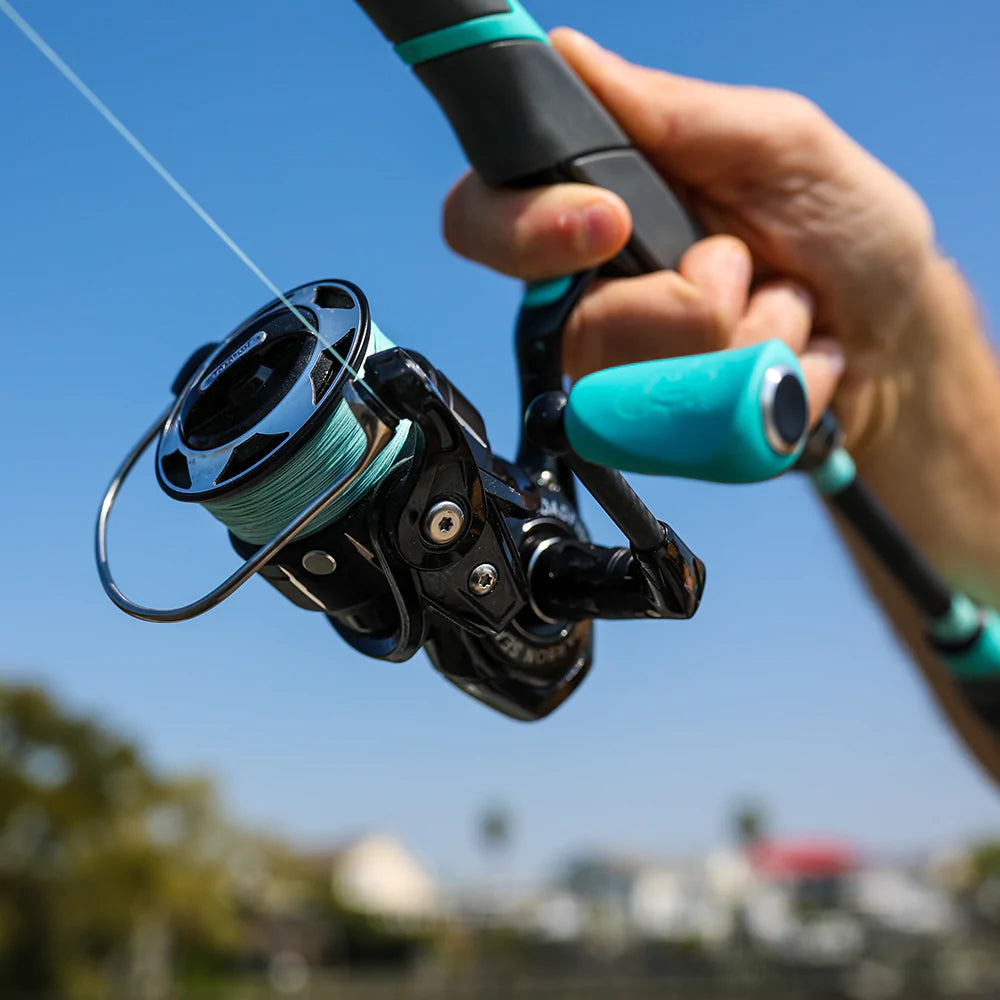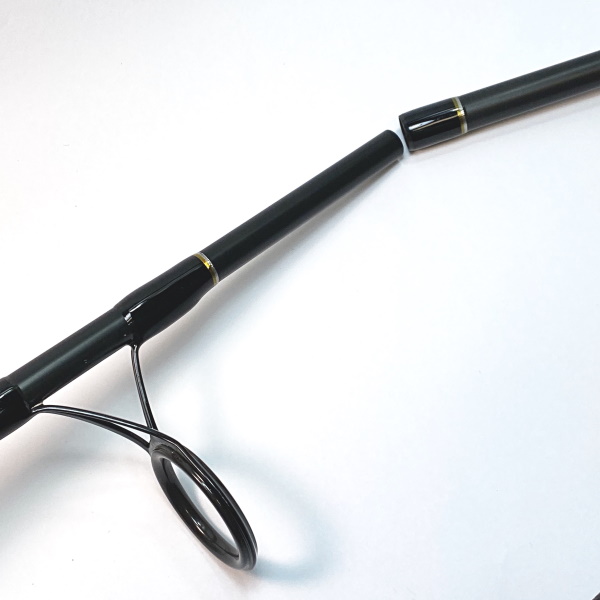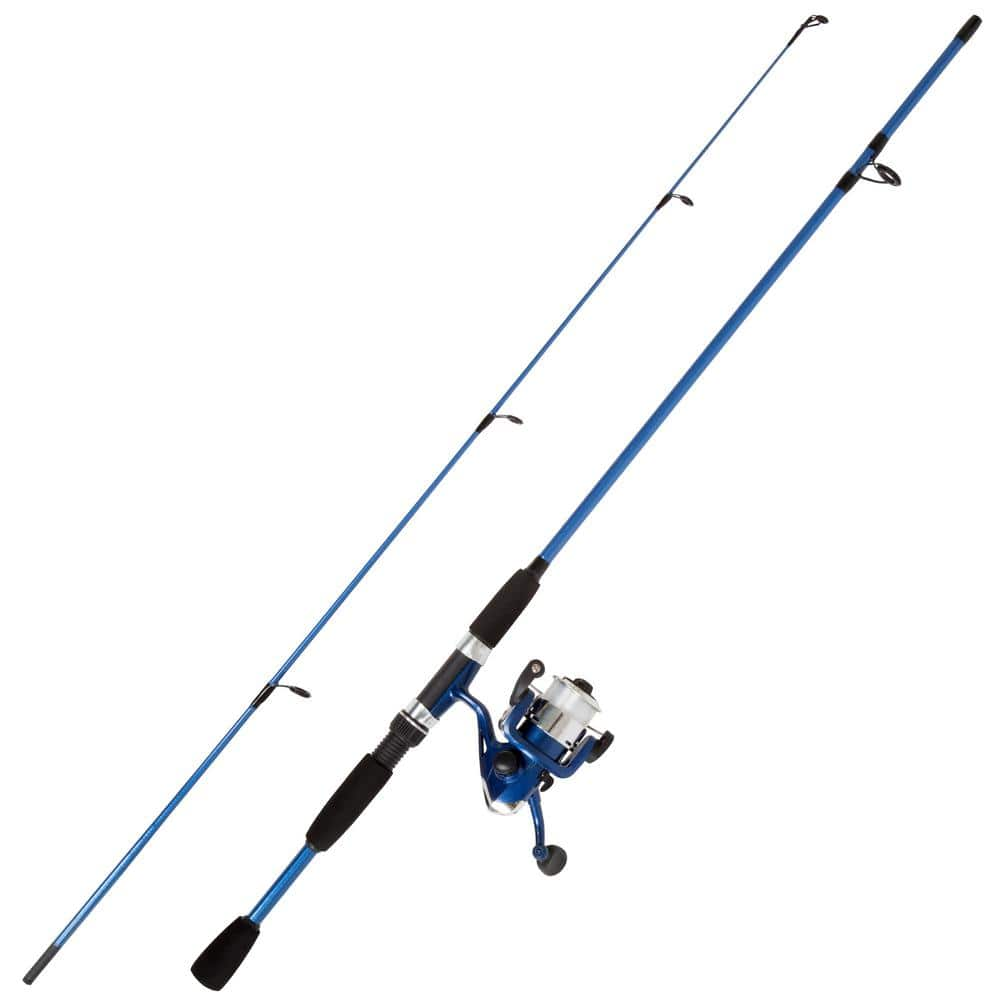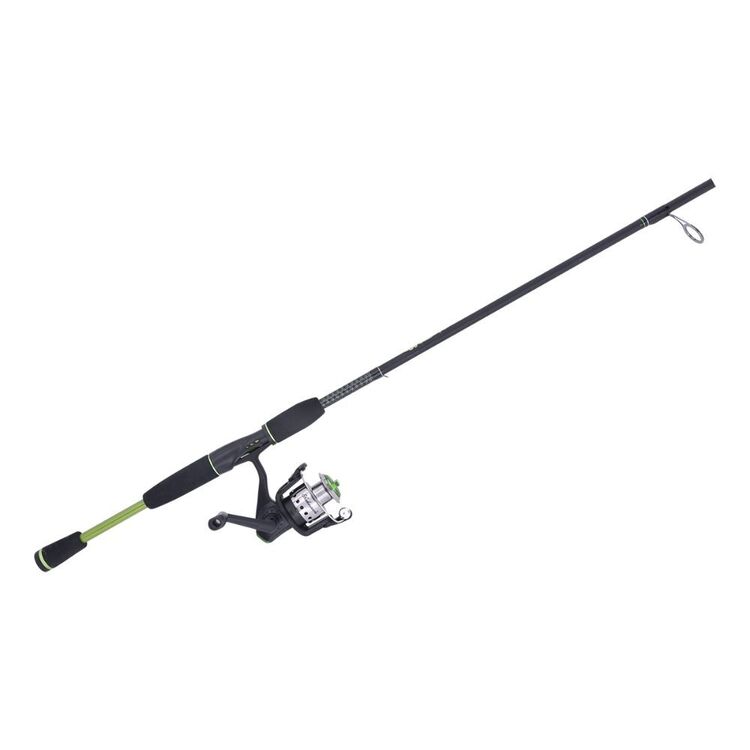Importance of Regular Cleaning for Fishing Rods
How to clean fishing rods? Caring for your fishing rods is crucial for their longevity and performance. Regular cleaning can prevent dirt and salt from causing damage. It keeps the rods in excellent condition, so they perform well on every trip.

Saltwater Vs. Freshwater Rod Maintenance Needs
Saltwater rods need thorough cleaning after each use. Salt can corrode metal and damage the rod. Freshwater rods don’t face the same harsh conditions but still need regular maintenance. Clean them after each fishing trip to ensure they last longer.
Necessary Materials for Cleaning Fishing Rods
When it comes to cleaning fishing rods, you’ll need a few key items. Preparing the correct materials ensures your rods are not just clean, but also safe from damage during the cleaning process. Make sure you’ve got the following on hand before you start the cleaning process:
- Mild, odorless soap to avoid leaving residue that could affect the rod’s performance.
- A clean, soft towel or rag for wiping down the rod.
- A small soft-bristled brush or an old toothbrush for scrubbing away stubborn dirt.
- A reel cleaning kit or lubricant, if needed, for the reel’s maintenance.
- Tweezers or small screwdrivers to remove debris from tight spaces.
- A Q-tip or similar item to clean around the guides without scratching them.
Choosing the Right Cleaning Products and Tools
Selecting the appropriate cleaning agents and tools is crucial. The wrong choice could cause harm to your fishing equipment. To avoid mistakes, keep these tips in mind:
- Use gentle soaps without harsh chemicals. Look for mild, biodegradable options if possible.
- Avoid using abrasive materials like steel wool, which can scratch surfaces.
- Choose tools that fit snugly in the areas you need to clean without forcing them.
- If you’re using a reel cleaning kit, ensure it’s suitable for your type of reel.
- Consider environmentally friendly products, particularly if you’re cleaning your gear near water bodies.
By gathering the right materials and tools, you’re well on your way to keeping your fishing rods in tiptop shape. Remember, regular maintenance using the suitable products will extend the life of your gear and improve your fishing experience.
Step-by-Step Cleaning Process for Fishing Rods
Keeping your fishing rods clean is simple but essential. Let’s go through the steps to ensure your gear remains in prime condition. Follow this easy-to-understand guide for a methodical cleaning routine.
Cleaning the Rod Blank
Firstly, start by wiping the rod down with a damp towel soaked in a mixture of mild soap and water. Focus on removing any visible dirt or grime from the rod blank. Use a soft-bristled brush or toothbrush for tough spots. Rinse it with clean water and dry it thoroughly with a soft cloth. Remember, it’s important to clean it after every use, especially when used in saltwater environments.
Maintaining the Reel
Reel maintenance is crucial, so pay close attention here. Gently scrub the reel with the toothbrush to remove debris and dirt from those hard-to-reach parts. If you have a reel cleaning kit, now’s the time to use it. Apply lubricant as necessary, but make sure not to overdo it. Reassemble any parts you may have removed, ensuring everything moves smoothly.
Caring for the Guides and Handle
Clean the guides with a Q-tip to ensure they are free from debris that could fray your line. Be gentle and precise. When cleaning the handle, a damp cloth can do wonders for removing any build-up. This will help you maintain a solid grip the next time you’re reeling in a catch. Once clean, inspect everything once more for any missed spots, and give it one final wipe-down.
By carefully following these steps, you’ll protect your fishing rods against premature wear and keep them ready for your next adventure. Keep in mind the importance of ‘how to clean fishing rods’ by doing so consistently and using the appropriate tools and techniques. Happy fishing!

Preventing and Addressing Common Rod Cleaning Mistakes
Proper maintenance and cleaning of fishing rods prevent damage and extend their lifespan. Certain common mistakes during the cleaning process can impact the rod’s performance. Here are key points on avoiding corrosion and how to utilize proper cleaning techniques.
Avoiding Corrosion and Damage
Saltwater can corrode metal parts of fishing rods quickly, if not thoroughly cleaned. Always rinse your rods with fresh water after each saltwater use to remove salt residue. Regularly check for signs of rust or corrosion, especially around the reel and guides. Using mild, odorless soap helps prevent harmful residues that could corrode metal components.
Proper Cleaning Techniques
To properly clean fishing rods, start with gentle tools and cleaners. A soft-bristled brush or toothbrush can effectively remove dirt without scratching the rod. When cleaning the reel, disassemble it if possible and use appropriate cleaning products specifically designed for reels. Avoid harsh chemicals or abrasive materials, as these can damage the rod’s surface and its components. Instead, opt for microfiber cloths and mild soap solutions to preserve the integrity of your fishing gear.
By following these guidelines, anglers can avoid common cleaning errors, maximizing the longevity and performance of their fishing rods.
Aftercare: Drying and Storing Your Fishing Rods
After you learn how to clean fishing rods, proper aftercare is crucial. Drying and storing your fishing rods correctly can prevent damage and extend their life.
Tips for Ideal Storage Conditions
Ensure your rods are completely dry before storing. Store them in a vertical position to avoid bending. Use a rod rack if possible. Keep them away from direct sunlight and heat sources. Protective covers are recommended to guard against dust and physical damage. Avoid storing rods in damp or humid conditions, as this can lead to mold and mildew. For added protection, consider using desiccants if storing in areas prone to moisture. These simple practices help maintain the quality of your fishing rods, ensuring they’re ready for your next fishing adventure.
Seasonal Deep Cleaning and Maintenance
As seasons transition, it’s essential to give your fishing rods a thorough clean. This deep clean removes all the build-up from regular outings and preps it for the following season. Begin with a meticulous inspection, looking for any signs of wear or damage. Carefully disassemble the reel and conduct an in-depth clean with the right tools.
Wipe the rod blank with soapy water, ensuring every inch is covered. Utilize tools like tweezers and screwdrivers to clear out the crevices. Oiling moving parts keeps them functioning smoothly. Replace any worn-out parts immediately to prevent future issues.
After each deep cleaning session, it’s crucial to dry all parts thoroughly. This avoids any mold growth or unnecessary wear caused by moisture. A seasonal deep clean sets the foundation for reliable performance and a longer life cycle for your fishing gear.
Long-Term Care and Preparing for Storage
Before tucking your fishing rods away, make sure they’re ready for storage. This means ensuring they’re bone-dry and clean. Apply a thin layer of lubricant on metal parts to prevent rust and corrosion while stored. Use a rod sleeve or case to shield it from dust and accidental damage. Store the rod upright in a cool, dry place, away from direct sunlight and extreme temperatures. By following these steps, your rods will be well-preserved and ready for the next fishing season or spontaneous trip.
Useful Tips and Tricks for Rod Maintenance
Being proactive with rod maintenance can save you time and money in the long run. Here are some useful tips and tricks that can help enhance your rod maintenance routine.
- After cleaning, apply a thin coat of car wax to your rod blank. It creates a protective barrier.
- For tough grime, using a Magic Eraser carefully can help, but don’t rub too hard.
- Store rods horizontally or in a rack rather than leaning against walls. It prevents warping.
- Check for loose parts or damage after each trip. Fix issues before they worsen.
- When not in use, loosen the drag on the reel. It maintains the reel’s functionality.
By incorporating these tips, you can ensure your fishing rods are well-maintained, which will improve their life span and performance.

Handy Tools to Keep in Your Tackle Box
To maintain your fishing rods on the go, there are a few handy tools that should always be in your tackle box:
- A multi-tool with pliers and screwdrivers can handle most quick fixes.
- Keep an old toothbrush for scrubbing hard-to-reach areas.
- Carry a small spray bottle with fresh water for rinsing away salt.
- Include a soft cloth or microfiber towel for immediate cleaning and drying.
- Pack a small tube of reel lubricant for on-the-spot maintenance.
These tools are easy to carry and can be a real lifesaver when you’re out fishing. Regular use can prevent most problems before they start. Remember, the key to ‘how to clean fishing rods’ lies in regular care and having the right tools at hand.
